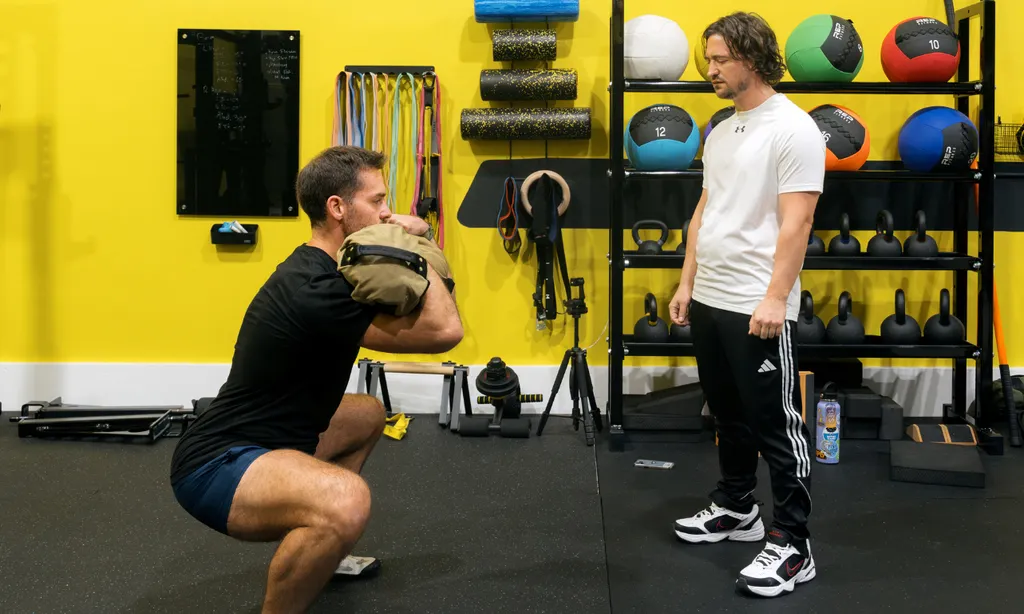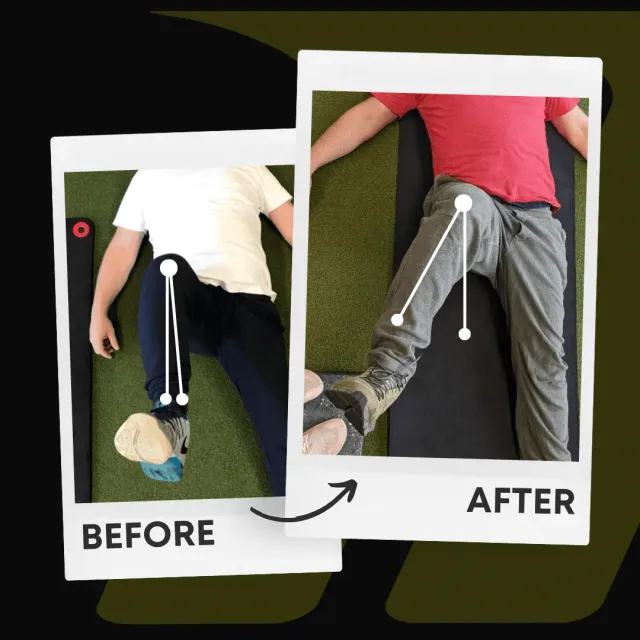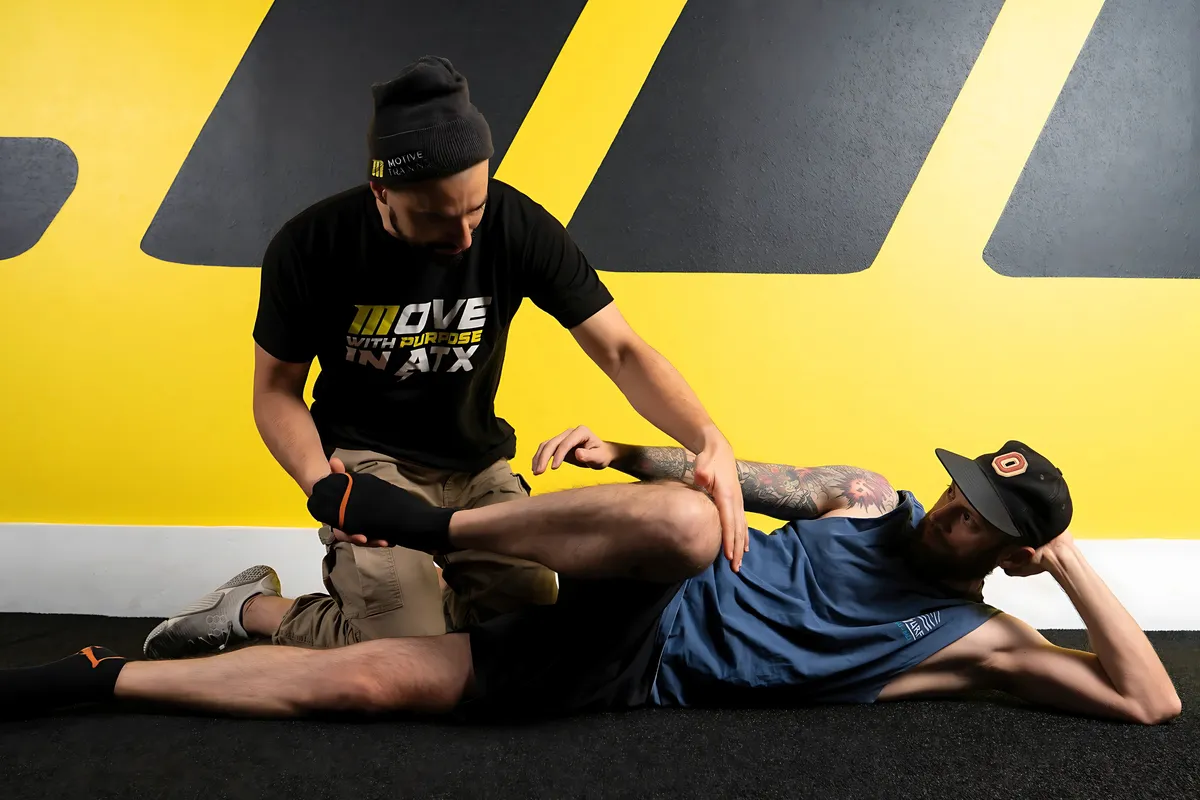The Silver Lining: Valuable Insights From Overcoming Injuries
June 26, 2023 | Injuries

As a fitness enthusiast who recently suffered a calf tear during a kickboxing session, I’ve come to realize there are valuable lessons hidden in this journey of discomfort and healing. This personal experience has given me a unique perspective on injury recovery.
But I don’t want to paint such an optimistic picture right out the gate; getting injured is brutal, especially when it’s serious. Fortunately, I only have a low-grade medial gastrocnemius tear, so I will be fine. But I know many of you reading this have been through worse (or will someday find yourself confronted with a significant injury). So, read on, and let me show you what I learned through my most recent injury.
Embrace Alternative Training Methods
When you’re dedicated to your fitness routine, pouring all your energy into your favorite lifts and workouts is easy. However, being sidelined due to an injury often forces you to explore other fitness avenues. This adaptability and resourcefulness in maintaining regular exercise during recovery is crucial for staying fit and reducing the risk of future injuries.
The Benefits
I’ve been injured before, but being unable to move or load my leg correctly forced me to switch things up. I found myself doing a lot more upper-body work, core exercises, and upper-body conditioning than I would generally avoid. For instance, I used things like the rowing machine and ski erg to build up my upper body endurance. In turn, I kept my workouts going strong and maybe even improved some weaknesses I would have normally overlooked. Incorporating physical therapy into these alternative training methods can further aid in recovery by addressing both the physical and psychological aspects of dealing with injuries.
Lesson Learned
The key takeaway is to maintain this diverse training approach even after your injury has healed. Cross-training is essential for long-term growth and longevity. Don’t just stick to what you’re good at; diversify your movement and exercise routines. This approach can lead to improved recovery outcomes by enhancing overall fitness and reducing the risk of re-injury.
Learn to Heed Your Body’s Signals
Ignoring your body’s distress signals is a common pitfall many trainees and athletes fall into. I was no different. There’s a fine line between pushing your limits and overstepping them, and I learned this the hard way (literally, because I tore my calf while stepping backward).
Injured athletes often face significant emotional challenges during their recovery process, making it crucial to address mental health alongside physical rehabilitation.
Understanding Your Threshold for Physical Recovery
While healing from my injury, I became more attuned to my body’s signals. I started recognizing the difference between the discomfort of a good workout and the warning signs of pain and strain. This awareness is crucial to prevent future injuries. Musculoskeletal injuries can be associated with significant mental health challenges, including feelings of isolation and PTSD, making it essential to address both physical and mental aspects during the healing process.
Lesson Learned
The valuable lesson here is to respect your body’s limits. If something feels off, take a break and cross-train instead. When you resume, do so gradually. This cautious and mindful approach is crucial for a safe and effective recovery.
Implement A Cautious Comeback After A Sports Injury
When an injury has sidelined you, it’s crucial to slowly ease back into your training regimen. The goal is to avoid re-injury and gradually build your performance. Setting realistic goals during recovery ensures a smoother and more effective healing experience.
Progressing Gradually
Upon returning to my training, I started with light workouts. I reduced the bouncing I was doing in kickboxing and cut the workouts much shorter. I listened to my body and took walk breaks when needed. Monitoring my body’s response over the next 24 hours helped me gauge my progress. A physical therapist can create tailored rehabilitation plans focusing on rebuilding strength and range of motion, addressing residual pain, and supporting emotional well-being during recovery.
Lesson Learned
The critical insight here is that a slow and steady approach will serve you well when you return from an injury. Whether you’re returning to training after a stressful period or a seasonal break, this philosophy holds true. It is also crucial to address the physical and mental aspects of sports injuries to ensure a comprehensive recovery.
Cultivate A Positive Mindset
While facing an injury can be a mental battle as much as a physical one, I’ve learned that coping effectively and maintaining a positive mindset is crucial. Addressing mental health during recovery is essential, as psychological issues like anxiety and depression can significantly impact an athlete’s ability to heal and return to their sport.
Handling Negative Thoughts With Positive Self-Talk
I learned that controlling negative thoughts can be as simple as recognizing them and consciously shifting focus. This mental resilience is beneficial during healing and when facing challenges in future training sessions or competitions. Developing psychological skills such as setting SMART goals, visualization, maintaining optimism, focusing on the present, honoring feelings, and seeking support can significantly help manage the psychological impact of injuries.
I love kickboxing and Muay Thai a lot. So, not being able to do what I love is disheartening. But I knew there was light at the end of the tunnel with patience, perseverance, and positivity.
Lesson Learned
The important lesson here is that mindset matters. Feeling upset about your situation is okay, but don’t let it consume you. Cultivate positivity to overcome your aches and strains and reach your fitness goals. This encouragement and optimism can be a powerful tool in your recovery journey.
Don’t Let Sports Injuries Get You Down
In conclusion, an injury can be a frustrating setback and an opportunity to grow stronger and wiser. It teaches us to diversify our training, listen to our bodies, come back with care, and maintain a positive mindset. Additionally, recovering mentally is crucial; addressing the emotional effects of injuries and employing strategies to cope can significantly aid in the overall recovery process. So, remember, every cloud has a silver lining—even when that cloud is an injury.
Written by:
 Brian Murray, FRA, FRSC
Brian Murray, FRA, FRSC
Founder of Motive Training
Are you looking to recover from a sports injury? Are you dealing with negative emotions? Don’t let sports injuries stop your momentum; reach out to us, and we’ll show you a better path forward toward health, strength, and resilience.
We’ll teach you both how to move with purpose so you can lead a healthy, strong, and pain-free life. Our headquarters are in Austin, TX, but you can work with us online by signing up for KINSTRETCH Online or digging deep into one of our Motive Mobility Blueprints.

